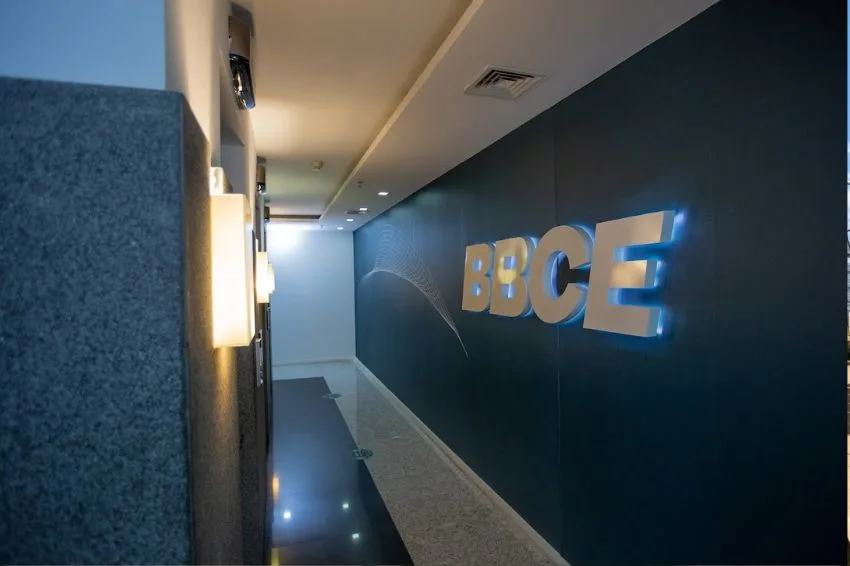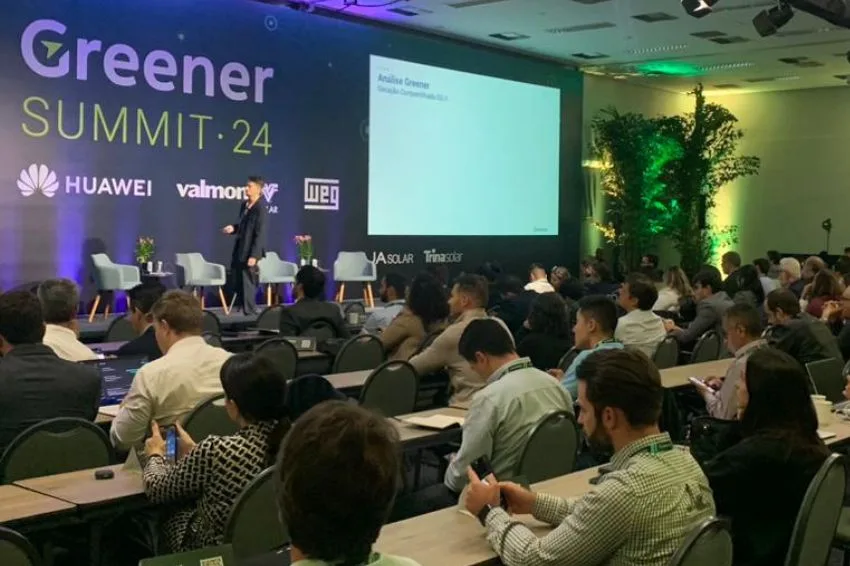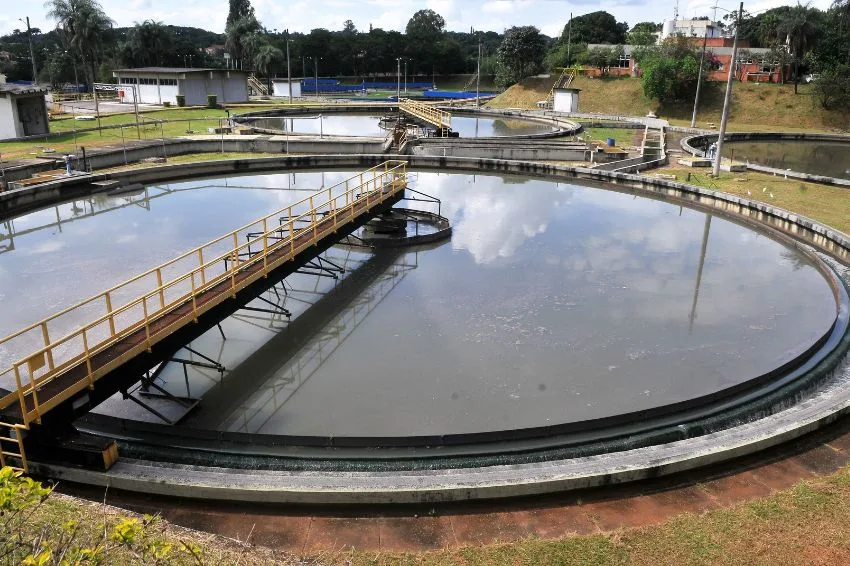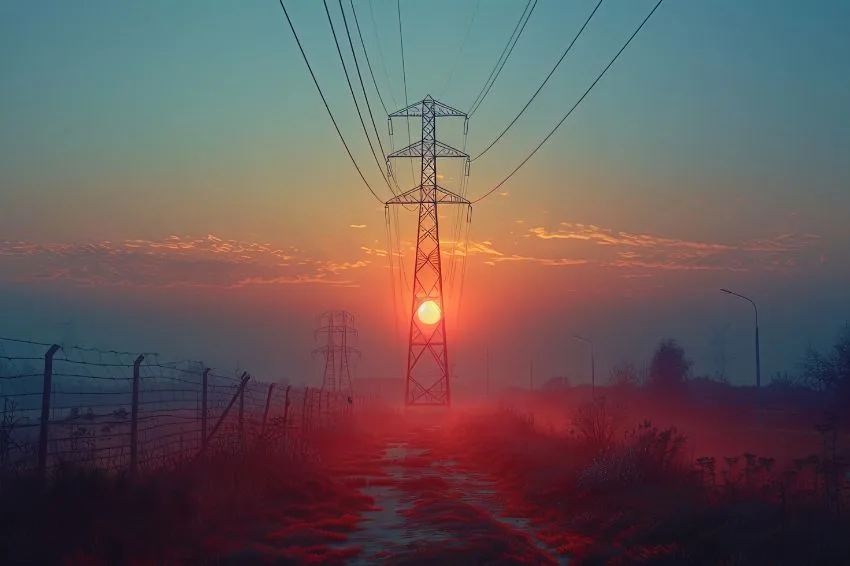To the Renewable energies will continue to lead the expansion of the electrical matrix in Brazil. The forecast is that the source solar and wind represent, respectively, 35% and 23% of installed capacity in 2060, compared to the current 17% and 13%. The calculations are from Aurora Energy Research, a consultancy that provides forecasts and analyzes for the global energy market.
“The free market is economically rational, therefore, the development of expansion will happen with technologies that are economically viable”, said Inês Gaspar, Product Manager for Brazil at Aurora, during an event promoted by ABSOLAR (Brazilian Association of Photovoltaic Solar Energy) last Thursday (9/5), in São Paulo.
According to the consultancy, the participation of hydroelectric plants will reduce from 51% in 2023 to 19% in 2060. “Without there being some incentive to increase hydro capacity, we don’t see hydroelectric plants in the system,” he stated.
“On the other hand, we see thermals entering the system in a very significant way. With so many renewable sources, it is natural that it is necessary to maintain supply security”, said the expert.
“In a country where there is no regulation for other technologies that also provide security of supply, it is natural that the answer is thermal”, he added.
Between 2023 and 2060, the The consultancy's forecast is that 370 GW will be added to the Brazilian electricity matrix.
Paradigm change
Inês warns of “cannibalization” in the solar sector in the coming years. According to her, there is a great opportunity for renewable energy on the free market in the coming years.
However, investors need to be aware of a paradigm shift regarding daily capture price, since solar usually generates precisely when PLD (Difference Settlement Price (PLD) is at the floor. Therefore, the investor will need to calibrate the project well to avoid losses due to the low price.
She explains that solar only produces energy during certain hours of the day, therefore, the hourly price that the plant will capture is different from the average price.
In 2021 and 2022, the average price for capturing solar energy continued to pay a premium, as we can see in the graph below. Therefore, there was no harm in pricing renewable energy based on the PLD.

In 2023, for the first time, there was a discount of -3% in the average price of capturing solar energy in relation to the PLD. “This means that if the investor had entered into a contract considering the annual average PLD, he would have already suffered a loss.”
In the next 6 years (2024-2030), the consultancy estimates that there will be a discount from 10% for solar energy relative to the average PLD price.
“It doesn’t matter if the investor’s strategy is to surf in the short or long term. In either case, we already have to pay attention to the fact that these discounts will be seen more quickly than expected”, said Inês.
Aurora's forecast is that the average PLD in Brazil will be around R$ 200/MWh over the next 6 years and, from 2031 to 2060, the fluctuation will be close to R$ 260/MWh.
“If I were to price my contract based on the average price, I should not look at R$ 200/MWh, but rather R$ 190/MWh, because my solar will not capture the R$ 200. As we get closer to 2060, with a strong renewable system, solar could have discounts of 39%”, added the executive.
All content on Canal Solar is protected by copyright law, and partial or total reproduction of this site in any medium is expressly prohibited. If you are interested in collaborating or reusing some of our material, we ask that you contact us via email: [email protected].















